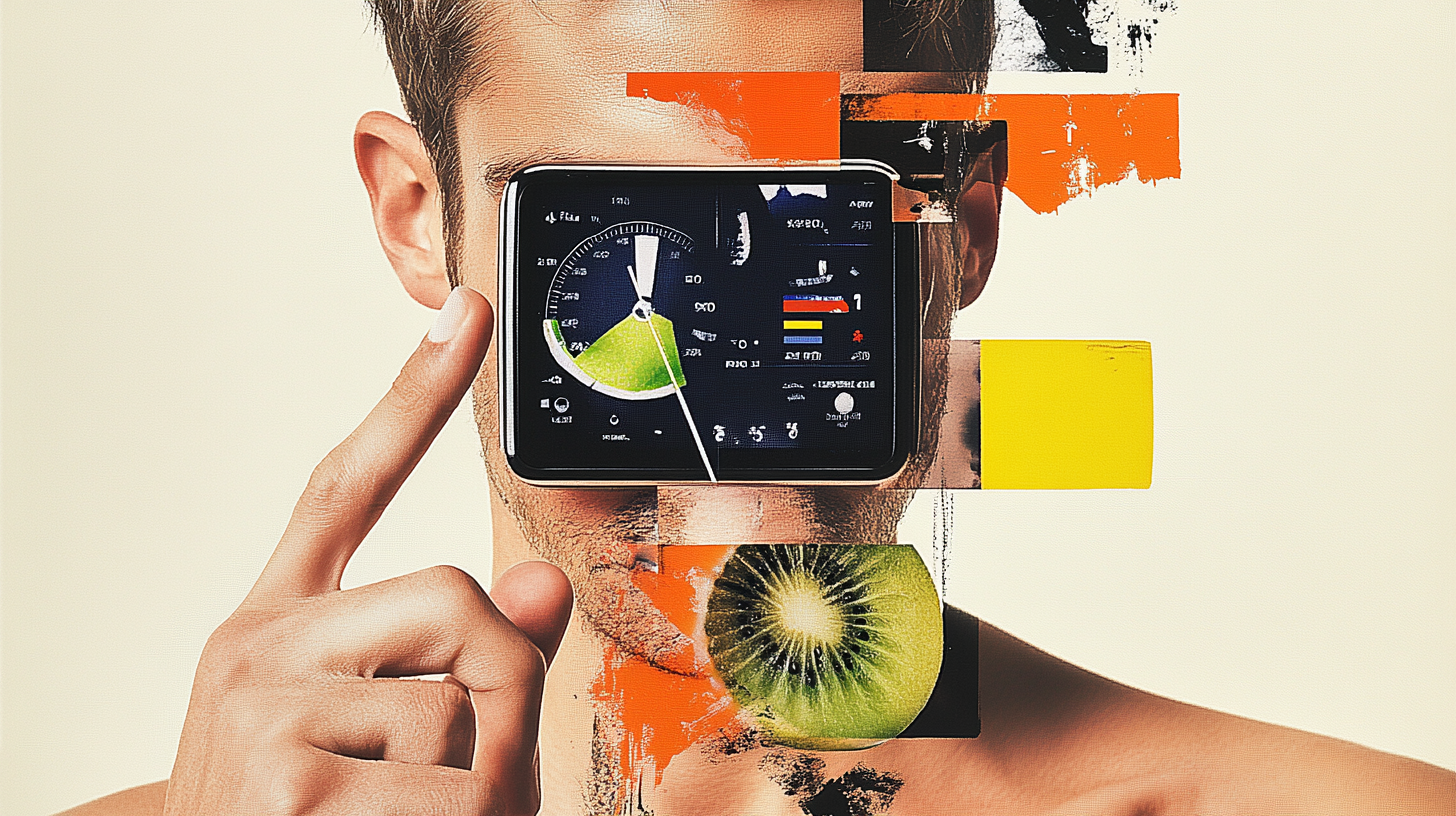The Healthcare and Fitness Data Reckoning

Wearables, accessible labs, and rising health IQs are making efficacy the new currency of trust. Brands that don’t evolve will be left behind.
The Future of Health Is Measurable—And That’s a Good Thing.
We’re not here to break the news that health data is everywhere. We all see it: wearables tracking biometrics, consumer-grade lab testing, and a cultural shift toward deeper health awareness. This is the world we’re moving into—one where efficacy and impact are no longer abstract ideas but quantifiable realities.
That’s a massive opportunity. But it’s also a wake-up call for healthcare and fitness brands. Because when everything is measurable, only the brands that truly deliver results will thrive.
What this means for brands:
1. Holistic Offerings Will Define Success
It’s no longer enough to offer a single solution in isolation. Brands need to think beyond their core product and ensure that their customers achieve the outcomes they’re seeking. Take GLP-1 medications like Ozempic or Mounjaro. Their efficacy is directly tied to lifestyle factors—nutrition, exercise, sleep. With more precise data available, consumers will expect brands to address these interconnected factors, not just prescribe a pill.
Some brands will build their own integrated offerings, while others will form strategic partnerships. We’ve already seen this in action: Whoop integrating with healthcare providers, Levels pairing CGMs with personalized nutrition, and fitness companies like Peloton expanding into strength and recovery. These are the moves that will define category leaders.
2. Consumers Have a Higher Health IQ—Brands Must Meet Customers Where They Are
The days of passive patients and uninformed customers are over. People are walking into appointments with data in hand, asking sharper, more nuanced questions.
Before: “Is this supplement good for energy?”
Now: “How does this affect my mitochondrial function and HRV over time?”
Before: “Is this diet healthy?”
Now: “What’s the impact of this macro profile on my glucose variability and inflammatory markers?”
Brands need to level up their communication. Messaging that feels too simplistic—or worse, condescending—will alienate the very consumers who are most engaged. The challenge is to educate without overwhelming, inform without fear-mongering, and meet customers where they are in their health journey.
3. The Era of Empty Claims Is Over
When efficacy is measured, vague marketing language won’t cut it.
“Boosts metabolism” won’t hold up when someone’s metabolic rate is trackable.
“Improves recovery” needs to show up in HRV and cortisol data.
“Enhances sleep” has to be reflected in deep sleep percentages.
The brands that win in this new era will be the ones that welcome transparency, back their claims with data, and actually improve lives in meaningful ways.
A New Standard, A New Opportunity
We’re entering the golden age of health and wellness, where efficacy isn’t just promised—it’s proven. That’s an exciting shift. It means better care, smarter products, and outcomes that truly matter. For brands, this is both a challenge and a call to action.
The future belongs to those who embrace this new level of accountability and evolve to meet it. Those who don’t? They’ll be left in the past, drowned out by a smarter, more informed consumer base demanding more.
The question is: which side of that future will your brand be on?